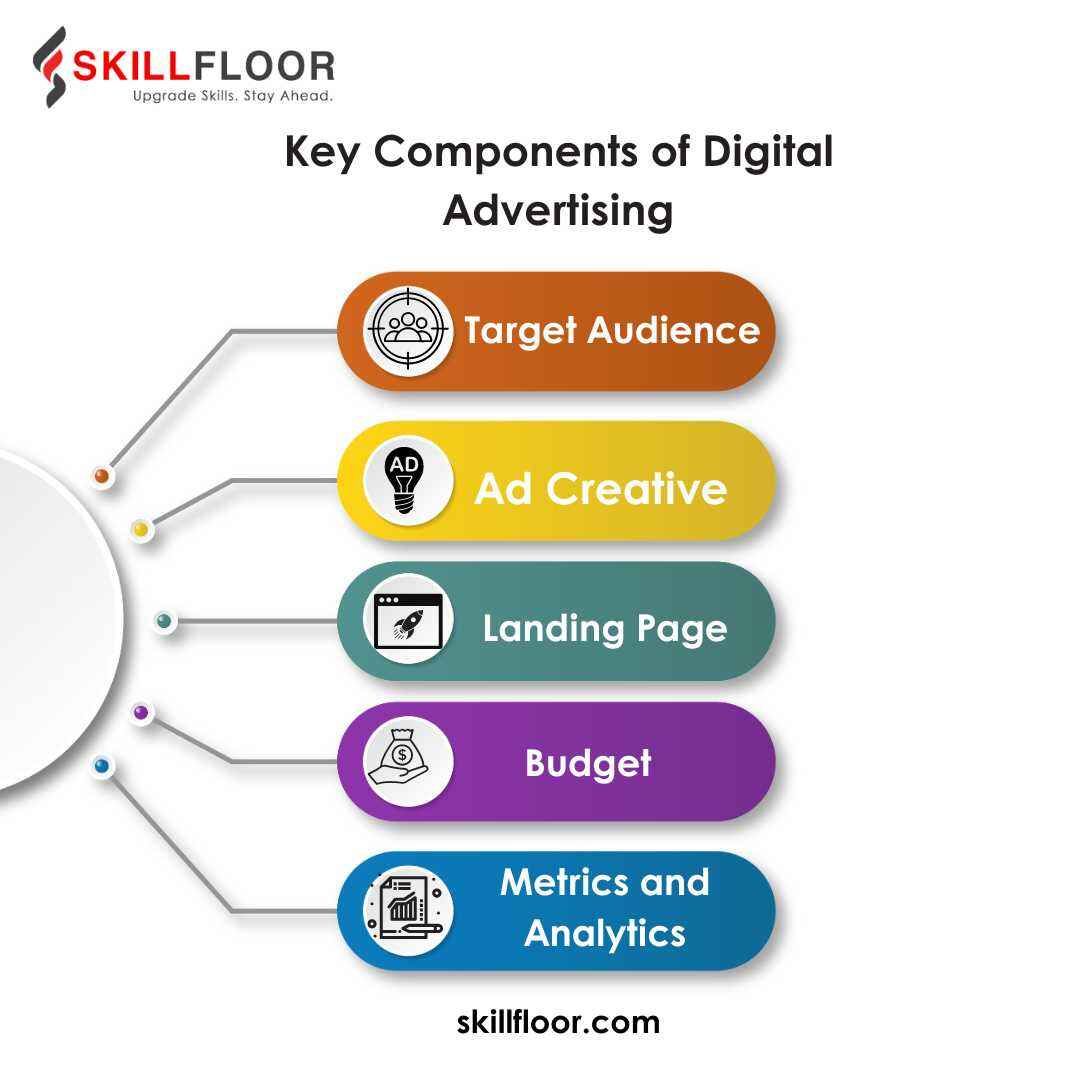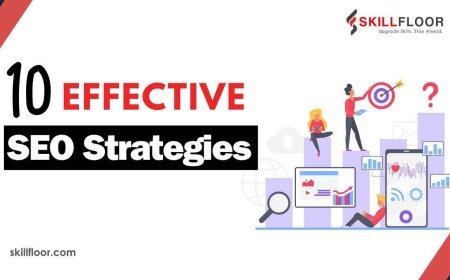Understanding the Basics of Digital Advertising
Discover the fundamentals with our guide to Understanding the Basics of Digital Advertising. Learn key strategies and techniques for effective online marketing success.

Anyone looking to effectively navigate the online marketing environment has to understand the basics of digital advertising. Digital advertising uses a range of techniques, such as search engine optimization (SEO) and pay-per-click (PPC) Advertising, to connect with potential customers. By using techniques like social media campaigns and email campaigns, digital advertising can greatly improve your digital marketing strategy. To ensure greater participation and conversions, whether you're using Google Ads or concentrating on content marketing, the key is to optimize your click-through rate (CTR). Understanding the basic principles of digital advertising can help you develop more focused and successful campaigns that will benefit your company. With the help of our Understanding the Basics of Digital Advertising guide, you'll gain the understanding and tools you need to make wise choices and utilize the potential of online advertising to achieve the goals of your business.
What is Digital Advertising?
Providing promotional content to users through a variety of online and digital mediums is known as digital advertising. Digital advertising uses the internet and digital devices to reach a more specific audience than traditional advertising, which depends on media like print, radio, and television. This covers everything, from email marketing and video ads to social media and search engine ads.
Targeting particular demographics, interests, and behaviours is the main benefit of digital advertising, which makes advertising tools for businesses of all kinds. It all comes down to reaching out to potential customers online, where they are already.
Types of Digital Advertising
Understanding the several forms of digital advertising is essential when creating an integrated marketing approach. These are a few of the most typical types:
Search Engine Advertising: Advertisements that show up on search engine results pages (SERPs) are known as search engine advertising. The most widely used search engine advertising platform is Google Ads, which lets companies bid on terms that are connected with their goods or services.
Social Media Advertising: There are choices for targeted advertising on sites like Facebook, Instagram, Twitter, and LinkedIn. These advertisements, which can be personalized based on user demographics, interests, and behaviours, can show up as sponsored posts, stories, or feeds.
Display advertising: Display advertising refers to the banner or picture adverts that show up on websites that are part of other ad networks, such as the Google Display Network. They are usually used for retargeting attempts and can be either static or dynamic.
Video Advertising: Since websites like YouTube have increased in popularity as well, video ads have become more and more common. Ads that appear before, during, or after video programming can be classified as pre-roll, mid-roll, or post-roll.
Native advertising: These advertisements appear naturally on a website or other platform with the content. They are less visible because they blend seamlessly with the look, feel, and function of the media format in which they are used.
Email marketing: While it's not a traditional form of advertising, email marketing is still a very effective way to communicate with clients directly. Effective email marketing can increase sales and engagement.
Key Components of Digital Advertising
A good digital advertising campaign needs to take into account several important factors, including:

Target Audience: It's essential to understand your audience's identification and needs. To identify and classify your audience, use analytics and data.
Ad Creative: This refers to your advertisement's written and visual components. It needs to be interesting, appropriate, and customized to the audience you are targeting.
Landing Page: It's important to know where they land after clicking on your advertisement. The landing page should offer a smooth user experience and be optimized for conversions.
Budget: It's essential to determine how much you are willing to spend on your marketing. This includes creating bid strategies and daily or lifetime budgets.
Metrics and Analytics: Tracking the efficiency of ads is essential for evaluating success and making informed choices. Conversion rates, return on ad spend (ROAS), and click-through rates (CTR) are important performance indicators.
Benefits of Digital Advertising
There are several advantages to digital advertising that can have a big impact on the growth and achievements of your company:
Cost-effective: Digital advertising frequently offers a higher return on investment (ROI) as compared to traditional advertising strategies. Start small, you can increase your spending as you notice results.
Measurable Results: Digital advertising systems offer full tracking and analytics, enabling you to monitor campaign effectiveness and make real-time optimizations.
Targeted Reach: You may use digital advertising to target particular regions, interests, and even behaviours in addition to demographics. This ensures that the most relevant audience sees your ads.
Flexibility and Scalability: Based on performance data, campaigns can be instantly changed, and you can scale up or down your efforts as needed.
Enhanced Engagement: You may strengthen your audience relationships and boost user engagement by implementing interactive ad formats and targeted content.
Challenges in Digital Advertising
Digital advertising has many advantages, but it also has some drawbacks.
- Ad Fatigue: The sheer amount of advertisements that people view online can overwhelm them, which reduces the efficacy of the ads.
- Ad Blockers: More people are using ad-blocking software, which may reduce the reach of your marketing efforts.
- Privacy Concerns: Stricter laws (such as GDPR) and growing worries about data privacy may have an impact on how you gather and use user data for targeting.
- Complexity: As new platforms, formats, and technologies appear regularly, the landscape of digital advertising is always changing. Keeping current might be difficult.
- Competition: Since there is little barrier to entry, a large number of companies are fighting for the same customers, which raises prices and increases competition.
Future Trends in Digital Advertising
Digital advertising has a bright future ahead of it since several new trends are projected to impact this industry:
Artificial Intelligence and Machine Learning: Ad targeting, creativity, and bidding techniques are being optimized with the use of artificial intelligence and machine learning, which increases the effectiveness and efficiency of campaigns.
Programmatic Advertising: Programmatic advertising is growing in popularity because it allows for more accurate targeting and real-time changes. It is the automated buying and selling of ad inventory.
Personalization: With increased engagement and conversion rates, hyper-personalized advertisements based on user data and behaviour are starting to become the standard.
Voice Search and Smart Speakers: As the use of voice search and smart speakers increases, marketers are looking into new methods to connect with consumers via these platforms.
Businesses can effectively contact their target audience with the help of the variety of tools and methods available in digital advertising. It offers flexibility, measurable results, and targeted reach for anything from email and video marketing to search engine and social network ads. Businesses may successfully manage this changing market by being aware of developments like AI, programmatic advertising, and personalization, even though they come with disadvantages like ad fatigue and privacy issues.




























































